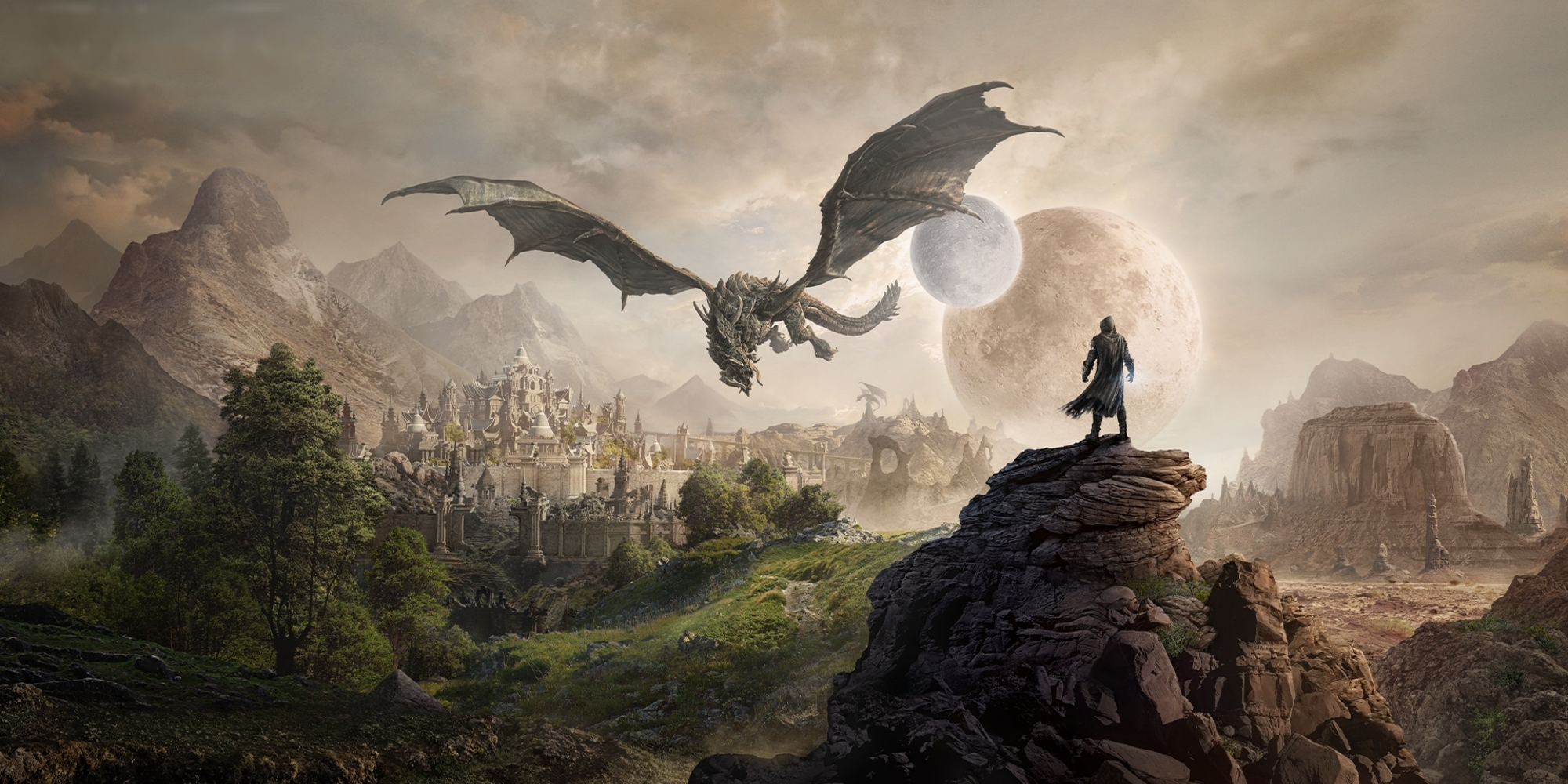
The Elder Scrolls is a franchise spanning countless titles and expansions, with a rich in-game history that spans literal eras, every game adding something to its history. Though the universe is vast, spanning continents, planets, and realms mortal and immortal, most of the games take place on Tamriel, the central continent of the planet Nirn. There are two orders in which one can play The Elder Scrolls games: in the order they were released, or in order they take place chronologically in Tamriel's timeline.
Tamriel's history begins long before any of The Elder Scrolls games, and its centuries are defined as eras. It begins with the Dawn Era, where The Elder Scrolls' creation myth happens and the entire mortal plane is created. Next is the Merethic Era, when linear history began and ancestors of men and elves (mer) migrated to Tamriel and began to establish the first civilizations. The First Era then saw the races expand to what The Elder Scrolls players know today, as well as the establishment of empires and the start of conflict, most notably the Dragon War. Then, in the Second Era, The Elder Scrolls games make their first appearance.
Though The Elder Scrolls: Arena was the first game in the series to be released in 1994, in Tamriel's timeline it's the third to take place, not happening until the middle of the third era. The events of The Elder Scrolls has a significant impact on Tamriel's history, possibly excepting games that take place in other realms, such as The Elder Scrolls Legends: Battlespire or the Shivering Isles expansion for The Elder Scrolls IV: Oblivion. Though many Elder Scrolls games are open world, allowing players to explore whatever quests they choose, each incorporates historical milestones that are fascinating to review in order.

Though its initial release was only in 2014, The Elder Scrolls Online takes place before any of the games in the franchise, landing in the latter half of Tamriel's Second Era. The MMORPG drops players into the year 2E 582, with Daedric Prince Molag Bal attempting to merge his realm Coldharbour with the mortal plane (Mundus, of which Tamriel is a part). Players assume the role of the Vestige, a fabled hero whose soul was consumed by Molag Bal. Through their sacrifice, they are able defeat the Daedric Prince and save Tamriel.
The Elder Scrolls Online also allows players to choose a faction in the Three Banners War, in which the First Aldmeri Dominion, Daggerfell Covenant, and Ebonheart Pact factions fought for control over Tamriel. Centered in the Cyrodiil region, the Three Banners War takes place approximately from 2E 582, the same year as the start of The Elder Scrolls Online, extending to 2E 896 when Tiber Septim conquered the continent and established the Septim dynasty.
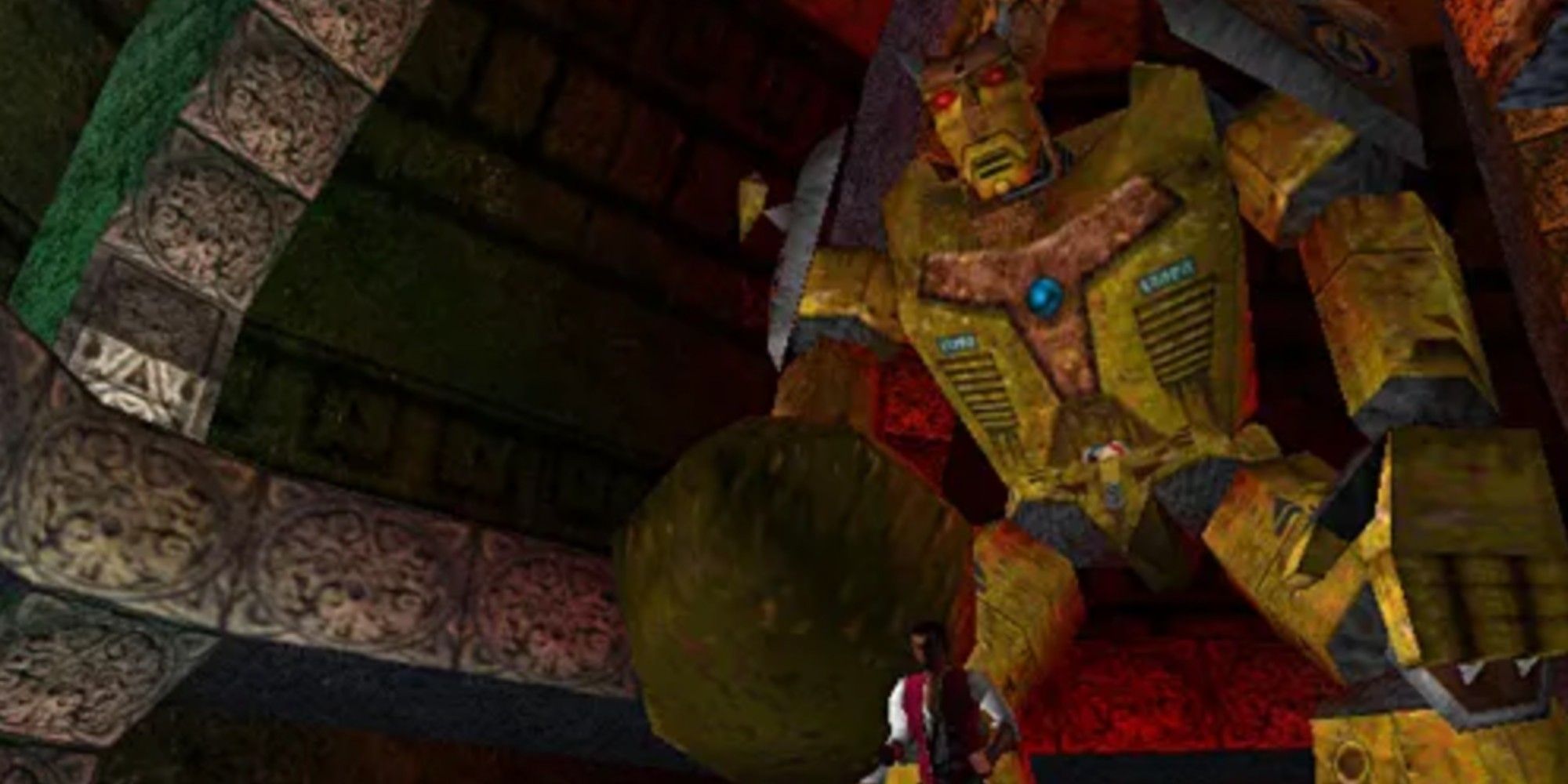
A standalone adventure that takes place in 2E 864, amidst the Three Banner War, The Elder Scrolls Adventures: Redguard doesn't showcase any major historical events in Tamriel's timeline, but is a fun narrative nonetheless. Players join Cyrus on a search for his missing sister, and he falls into a deeper plot of a Redguard resistance against encroaching Imperial rule in Hammerfell. Cyrus and the Redguards are successful in defeating the Imperial rulers living in the city, though the city is eventually folded into Tiber Septim's empire regardless.
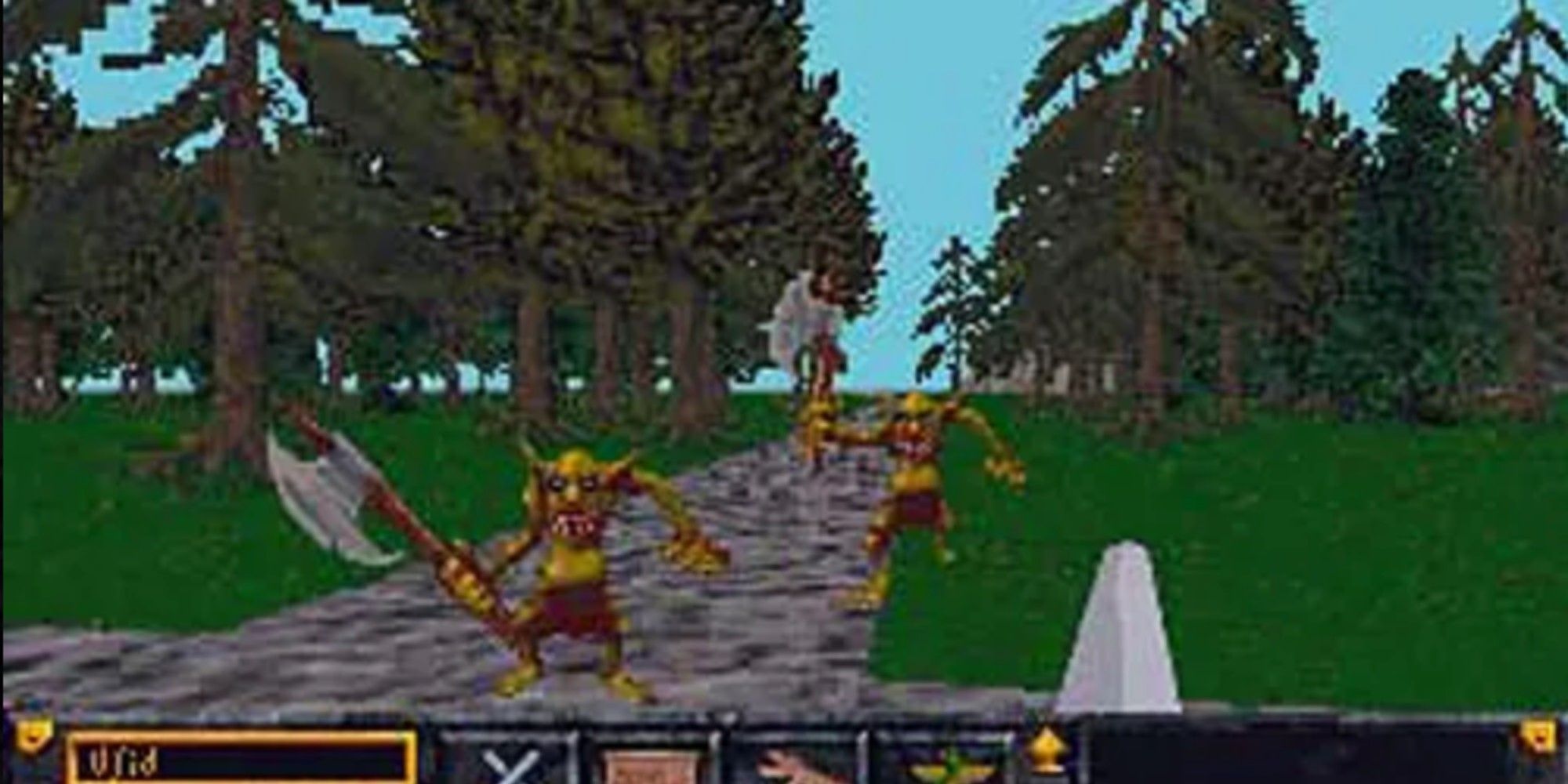
The Elder Scrolls: Arena kicks off the events of the Imperial Simulacrum in the year 3E 389. Emperor Uriel Septim VII has been betrayed by Jagar Tharn, banished to the Oblivion realm. Tharn then cast a Skyrim-style illusion spell on himself to look like the Emperor and took the throne. Players are tasked with fighting their way through the realm to find all eight pieces of the Staff of Chaos and reassemble it in order to rescue the Emperor. The Imperial Simulacrum lasted 10 years, during which time Tharn's rule resulted in unrest and minor wars such as the invasion of Battlespire and the War of Bend'r Mahk. At the end of the game, the player is granted the title of Eternal Champion, cementing their place in The Elder Scrolls lore.
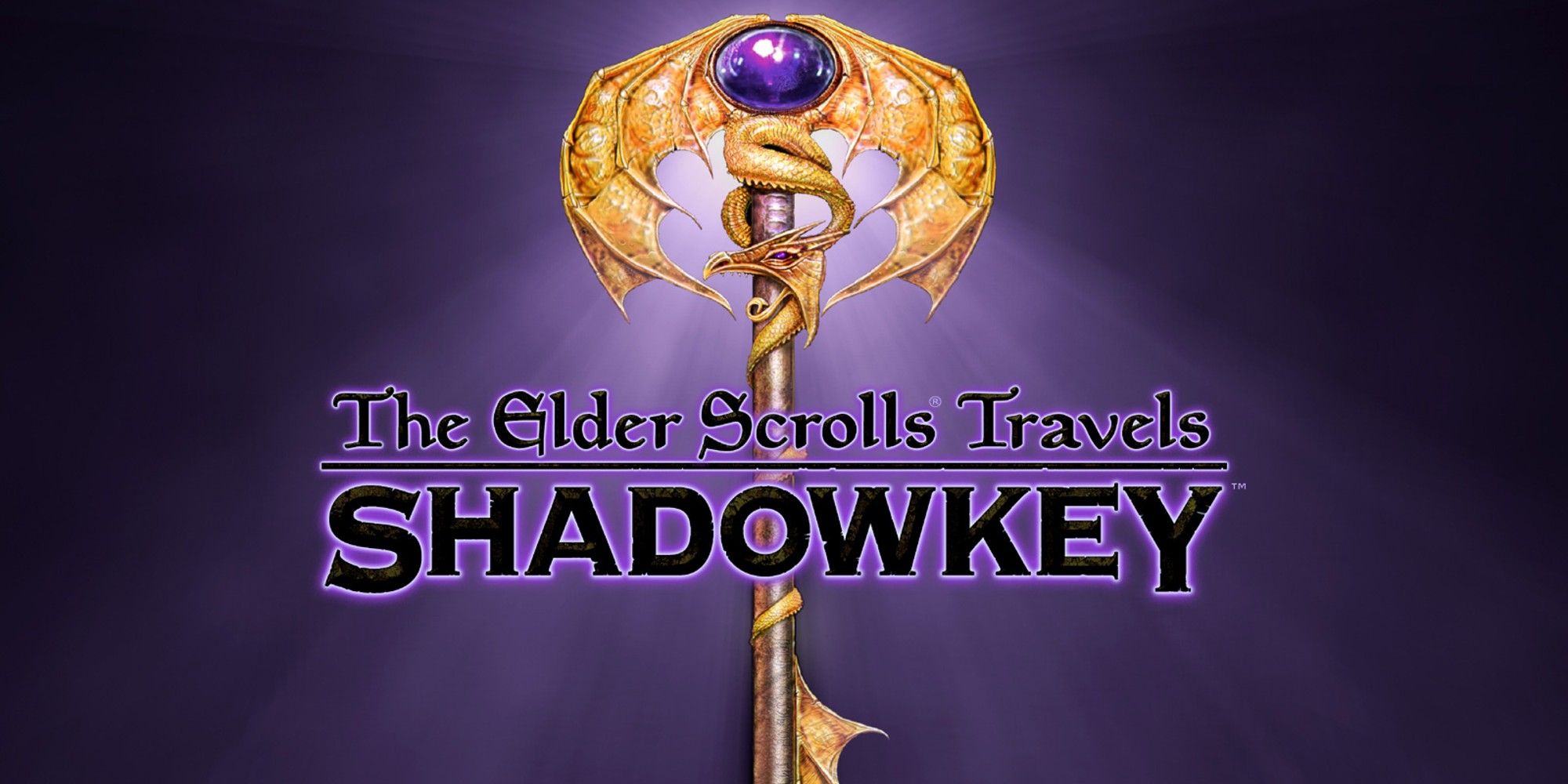
The Elder Scrolls Travels series was Bethesda's first attempt at mobile additions to the franchise. The first two installments, Stormhold and Dawnstar, are self-contained dungeon-escape stories set in Tamriel, but with no real connection to the larger timeline, making it nearly impossible to date their events beyond being set in the Third Era. The third title, Shadowkey, takes place during the War of Bend'r-Mahk, setting the game in 3E 397, concurrent with the end of the Arena storyline. Players must defeat Umbra' Keth, a shadow of conflict created by the bloodletting of the war, before Jagar Tharn can find it and bend it to his will.
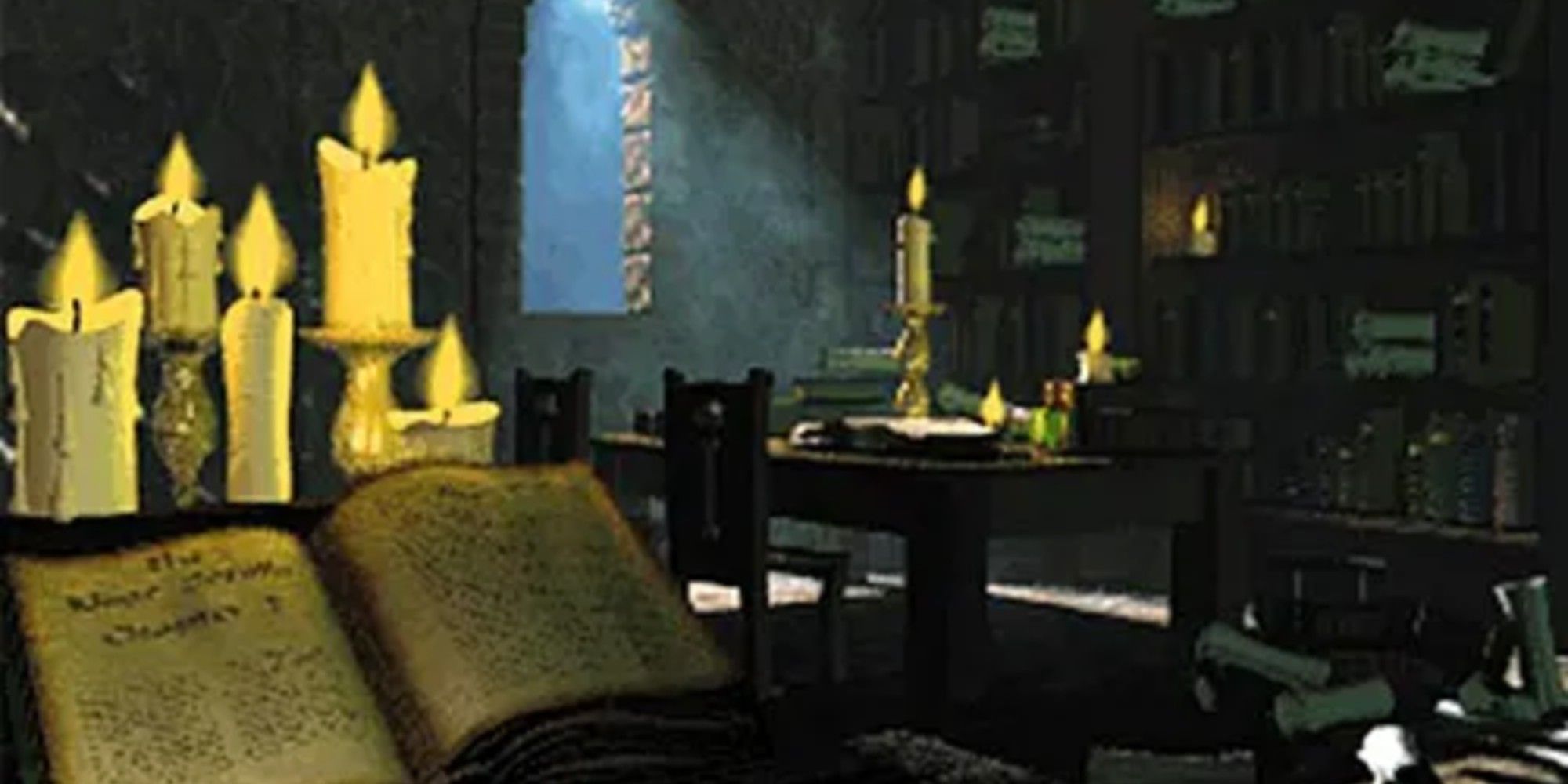
The Elder Scrolls 2: Daggerfall takes place in the Tamriel city Daggerfall, located in High Rock, less than 20 years after the events of The Elder Scrolls: Arena. Players are tasked with quelling the raging spirit of the fallen king Lysandus of Daggerfall, then eventually with recovering the Mantella, an artifact being sought by multiple factions. It is the key to bringing back the Numidium, a golem constructed by The Elder Scrolls Dwemer with enough power to exterminate a race or conquer a land.
The Elder Scrolls II: Daggerfall has several possible endings, each a very different turn of events depending on who players give Mantella to, and the developers took a unique approach when explaining that on the official Tamriel timeline. Rather than choose one event to be canon and discarding the others, they created the Warp in the West event that occurred in 3E 417. Numidium's activation caused a Dragon Break, which in The Elder Scrolls universe is the term used for an event that breaks the established laws of time and physics. In the Warp in the West, Daggerfall's Dragon Break allowed the game's endings to happen simultaneously, making them canon in Tamriel's history and causing a baffling consolidation of power of the 44 city-states in the Iliac Bay, leaving only Daggerfall, Orsinium, Sentinel, and Wayrest - each loyal to the Empire.
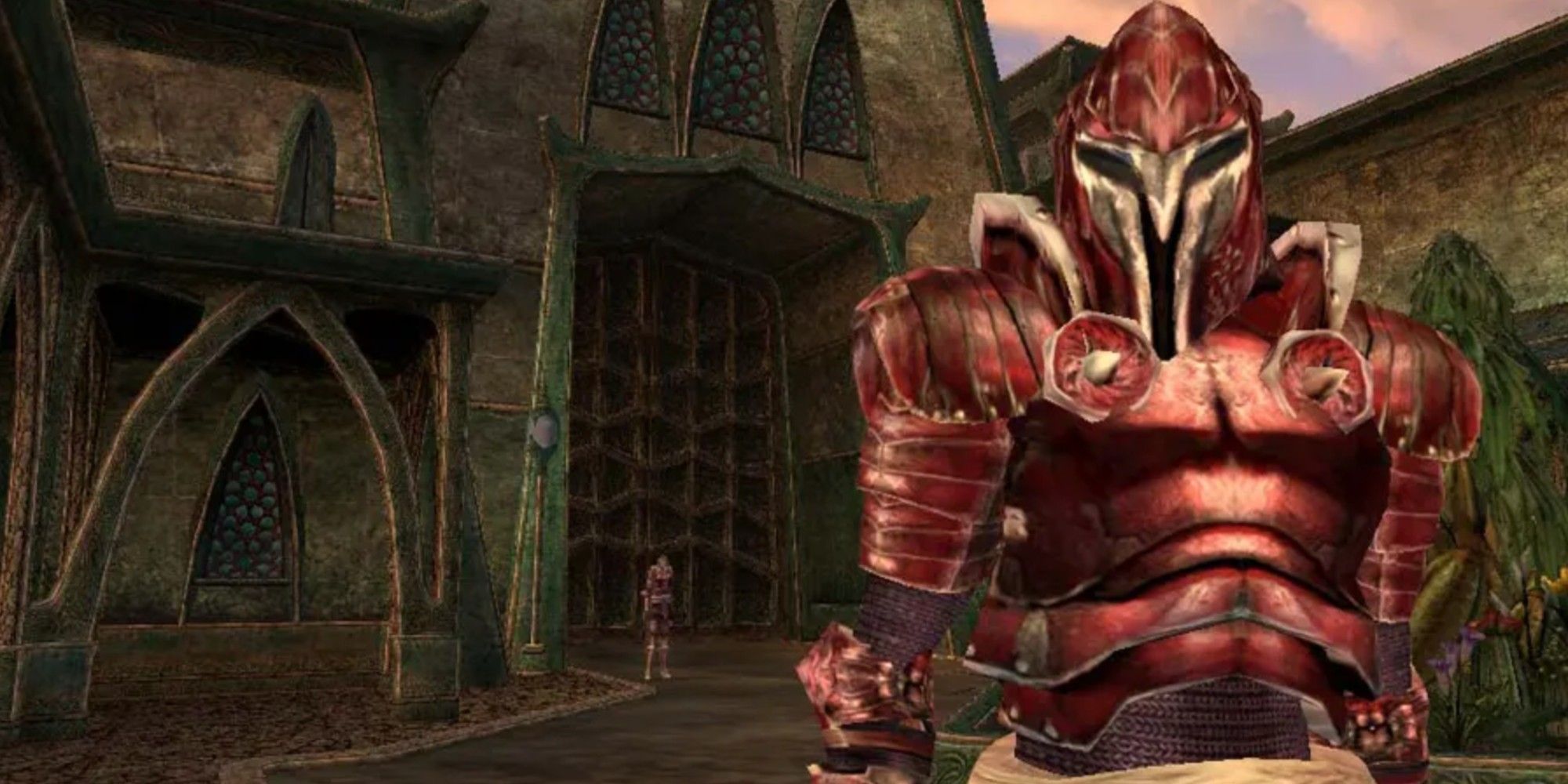
The Dunmer take center stage in The Elder Scrolls III: Morrowind, set on Vvardenfell in the year 3E 427. In Morrowind, players act as the Nerevarine, a reincarnation of Indoril Nerevar, who has been called upon by Uriel Septim VII to help in their fight against Dagoth Ur and the Sixth House, a cult devoted to reconstructing the Numidium. Dagoth Ur took Lorkhan's Heart, from The Elder Scrolls creation myth, and wants to eradicate the Imperial Legion and make himself immortal. As the player embarks on their journey, they meet several fabled characters from The Elder Scrolls lore, including members of the divine Tribunal and Daedric Prince Azura, who helps the player on their quest.
Within Tamriel's history, the events of Morrowind are noteworthy for destroying Lorkhan's Heart, which was the only way to defeat Dagoth Ur. In so doing, the divine power of the Tribunal, the living gods of Morrowind, is drained away, rendering them mortal. This paves the way for the original Dunmer worship of Azura to once again reign in Vvardenfell, thereby fulfilling an age-old prophecy that the Nerevarine would rise to restore the Dunmer.
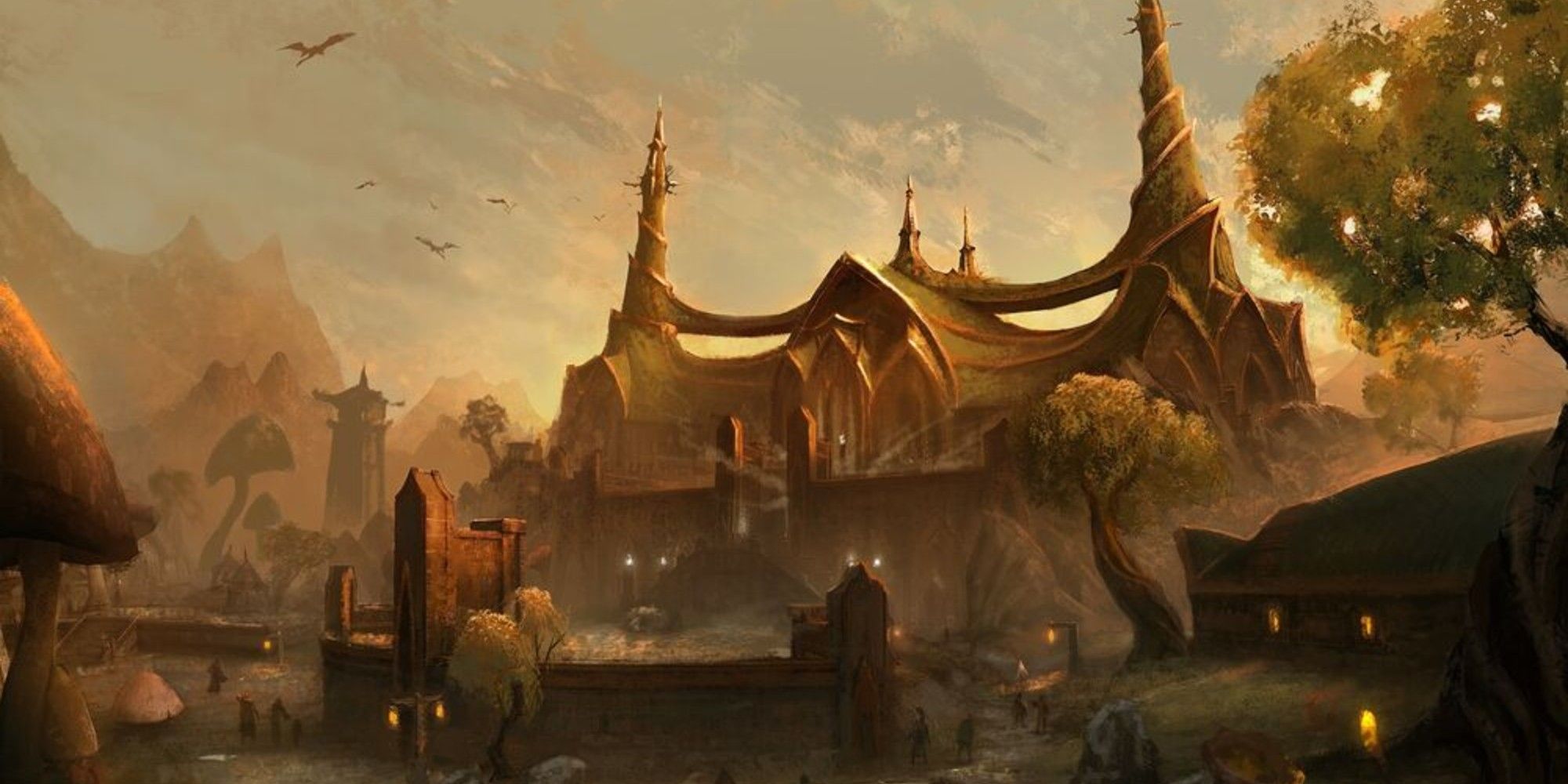
The first expansion to Morrowind, The Elder Scrolls III: Tribunal takes place immediately after that narrative. With the Heart of Lorkhan destroyed and the three former gods wrestling with their mortality, Almalexia slowly loses her grip on reality thanks to the loss of power, and she kills fellow Tribunal member Sotha Sil. By the expansion's end, the player kills Almalexia, in so doing fulfilling yet another Nerevarine prophecy of the destruction of the ALMSIVI Tribunal.
The Elder Scrolls III: Bloodmoon is the second expansion to Morrowind, and continues the story of the Nerevarine adventuring through Tamriel. It takes place on the island Solstheim, which has fallen under siege by a pack of werewolves. The player is taken to the home of Daedra Lord Hircine and fights three other champions to the death, eventually taking on all three aspects of Hircine.
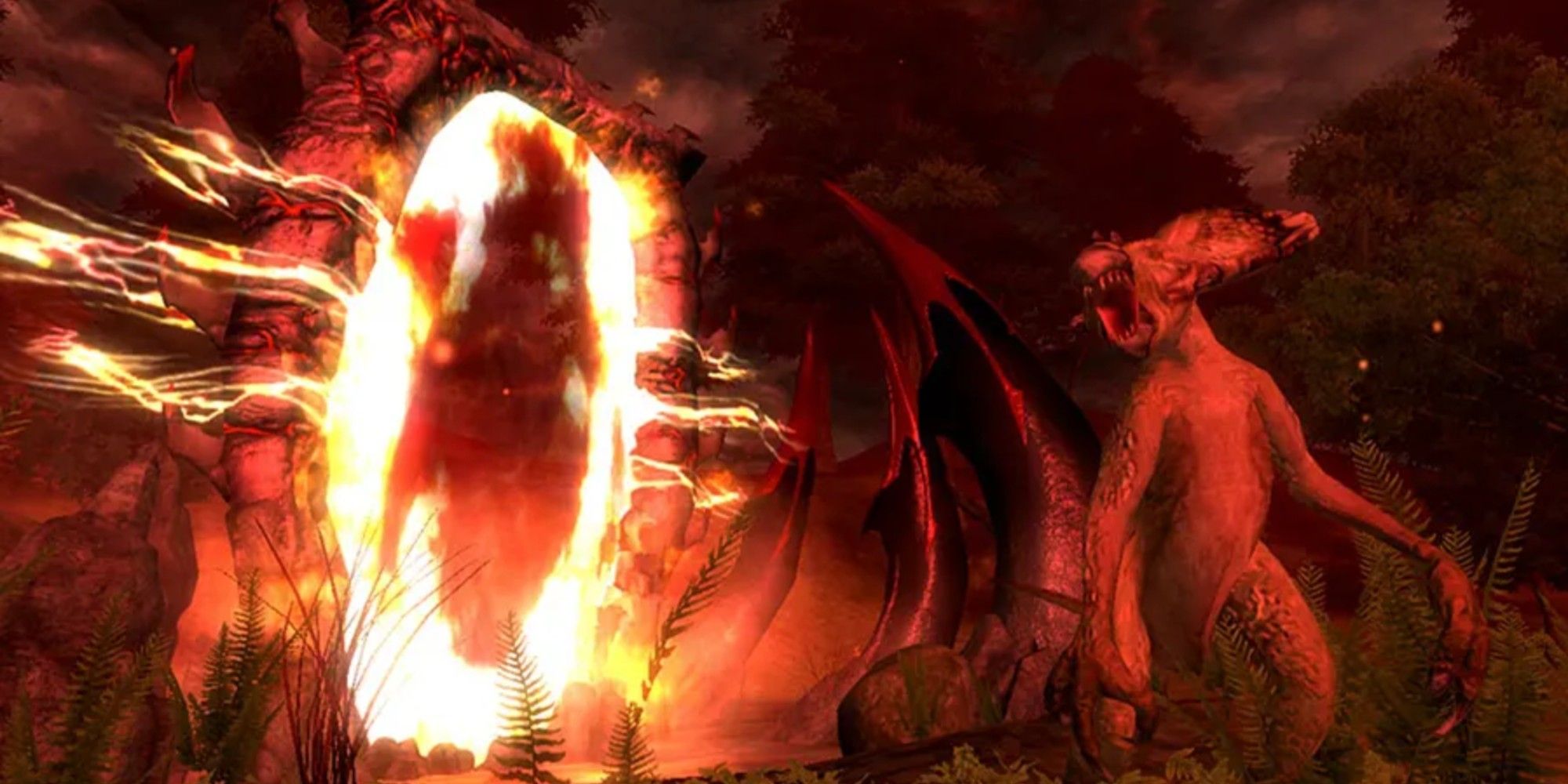
The Elder Scrolls IV: Oblivion takes place six years after the events of Morrowind, in 3E 433. It gives players a chance to adventure through the Oblivion Crisis, one of the biggest events in Tamriel's history. After Uriel Septim VII is assassinated by the Mehrunes Dagon-worshipping Mythic Dawn cult in a Cyrodiil prison, the player is tasked with helping his illegitimate son Martin ascend the throne. However, Uriel's murder caused the gates to Oblivion, a realm ruled by the Daedra, to open. Though the player is able to close the gates, an avatar of Daedric Prince Mehrunes Dagon still ravages the land, and Martin fuses his soul with the dragon god Akatosh in order to defeat him.
The impact of this story on Tamriel's history is the end of the Septim line, a dynasty that had ruled the continent since Tiber Septim's 2E 896 conquest, effectively ending The Elder Scrolls' Third Era. The Elder Council attempts to elect a new leader, but are ultimately unsuccessful, foreshadowing political turbulence to come.
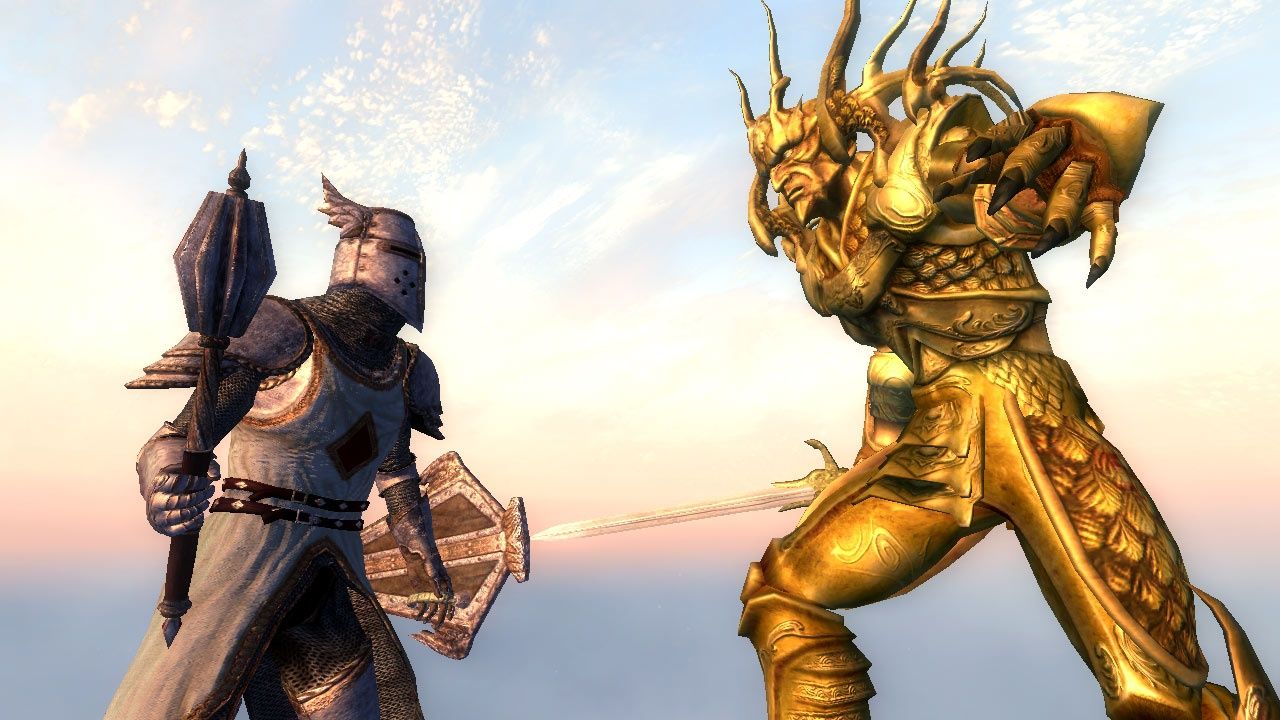
The Elder Scrolls IV: The Knights of the Nine is the first official expansion pack for Oblivion. Unlike Morrowind's Tribunal expansion, The Knights of the Nine does not connect to the main quest in Oblivion, but it remains a fun adventure in Cyrodiil. The player is tasked to defeat the evil sorcerer Umaril. To do so, they must gather divine relics, and on the way the player re-forms the eponymous Knights of the Nine, a long-vanished group of crusaders tasked with protecting the relics. The story is pure Arthurian adventure, culminating in Umaril's physical and spiritual defeat.
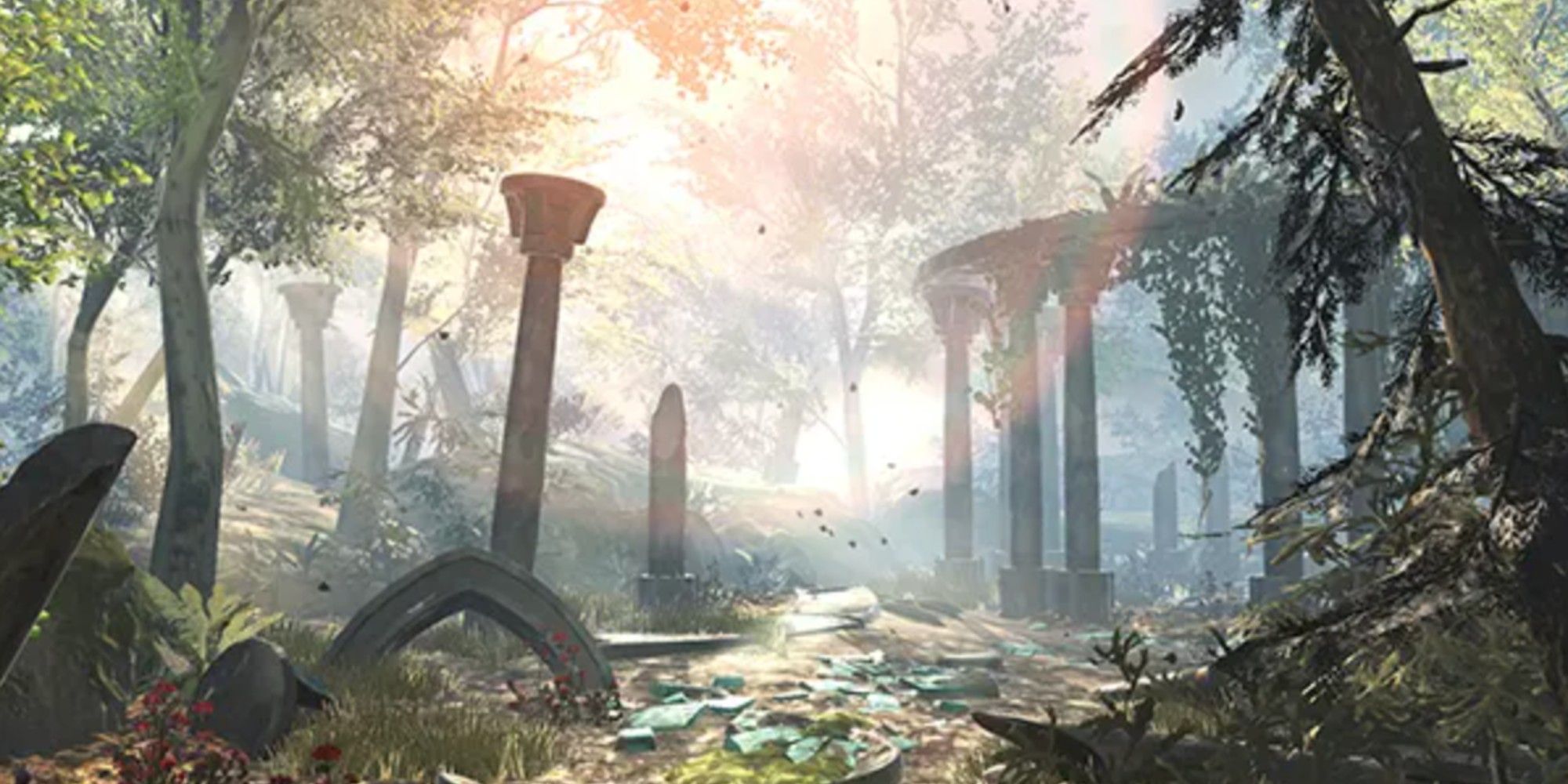
A mobile addition to the franchise, The Elder Scrolls: Blades begins just after the end of the Great War in 4E 175, and the player begins the narrative as a member of the Blades, a group of fighters and spies dedicated to the Empire. As a result of the war, the Blades are scattered and hunted by the Thalmor Altmer. While the main questline is simple, tasking players with rebuilding a ruined hometown, it's also possible to ally with the Bloodfall Queen or take on a growing goblin threat.
Though The Elder Scrolls: Blades is not one of the more popular games in the franchise, its backdrop makes it important for understanding Tamriel's timeline as it shows a land in turmoil, still reeling almost two centuries after the Septim line ended. The Elder Scrolls' Great War was fought by the Empire and the Aldmeri Dominion, and at the start of Blades the two parties had just signed the White-Gold Concordat. The effects of treaty echo through the rest of the games in the timeline, as it disbanded the Blades, banned Skyrim god Talos worship, granted the Thalmor rights to travel in Skyrim and, later, Hammerfell's independence after rejecting the White-Gold Concordat and Imperial Rule.
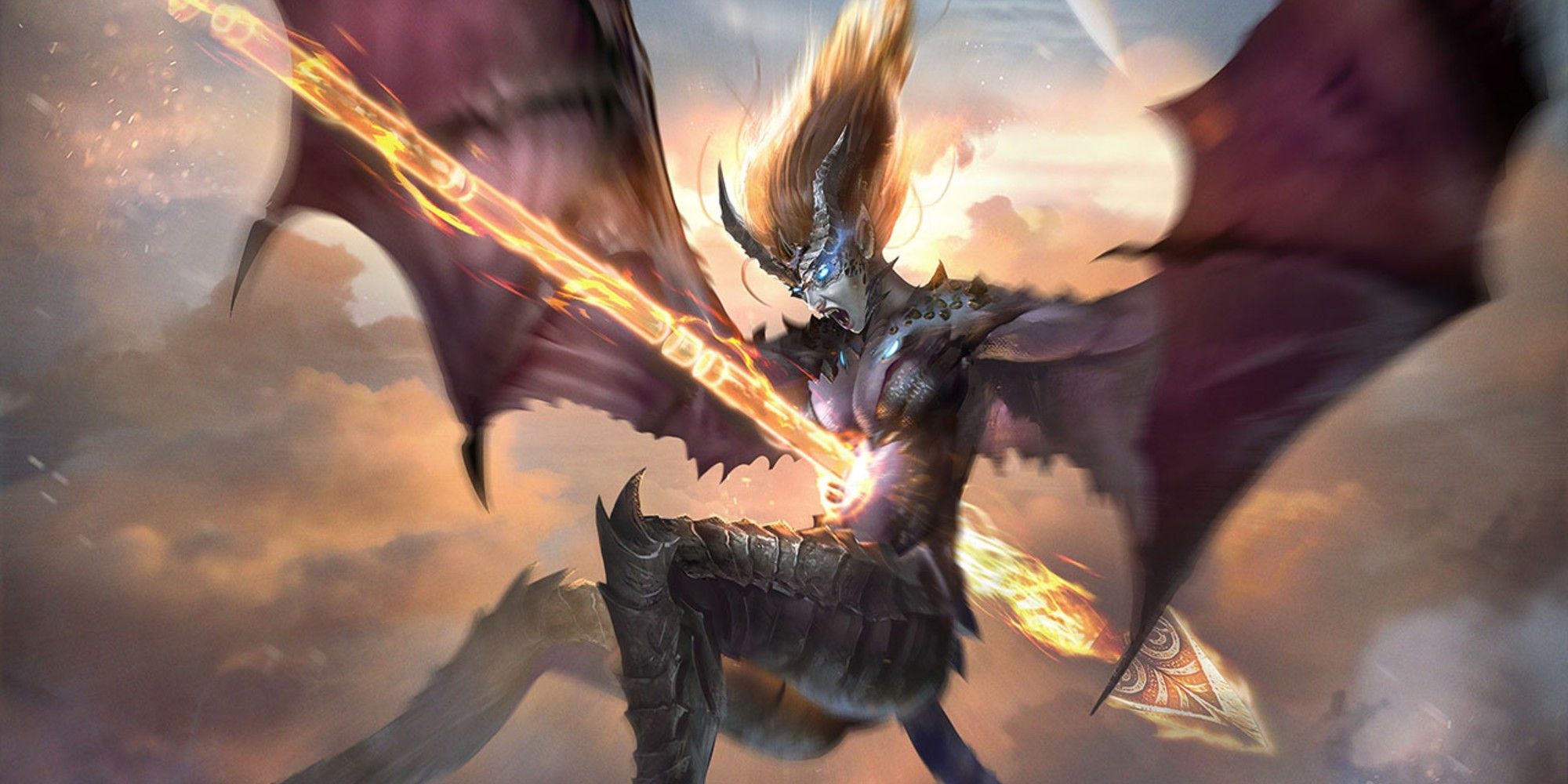
Bethesda's attempt at a card-battler game ended development in December 2019, but The Elder Scrolls: Legends still remains playable and the first of its three stories begin in Tamriel circa 4E 180. Players take the role of the Forgotten Hero, and must stop Altmer Naarifin, who plans to cull the population in an attempt to fill an Elder Scroll prophecy. In the second story, players are tasked with infiltrating and destroying Skyrim's Dark Brotherhood, events documented by Cicero's journal. Return to Clockwork City brings players back to the Morrowind days, in the city Tribunal member Sotha Sil created in a search for mysteries the former god left behind. There is also a fourth story within The Elder Scrolls: Legends, but it takes place on the Shivering Isles in the Oblivion realm.
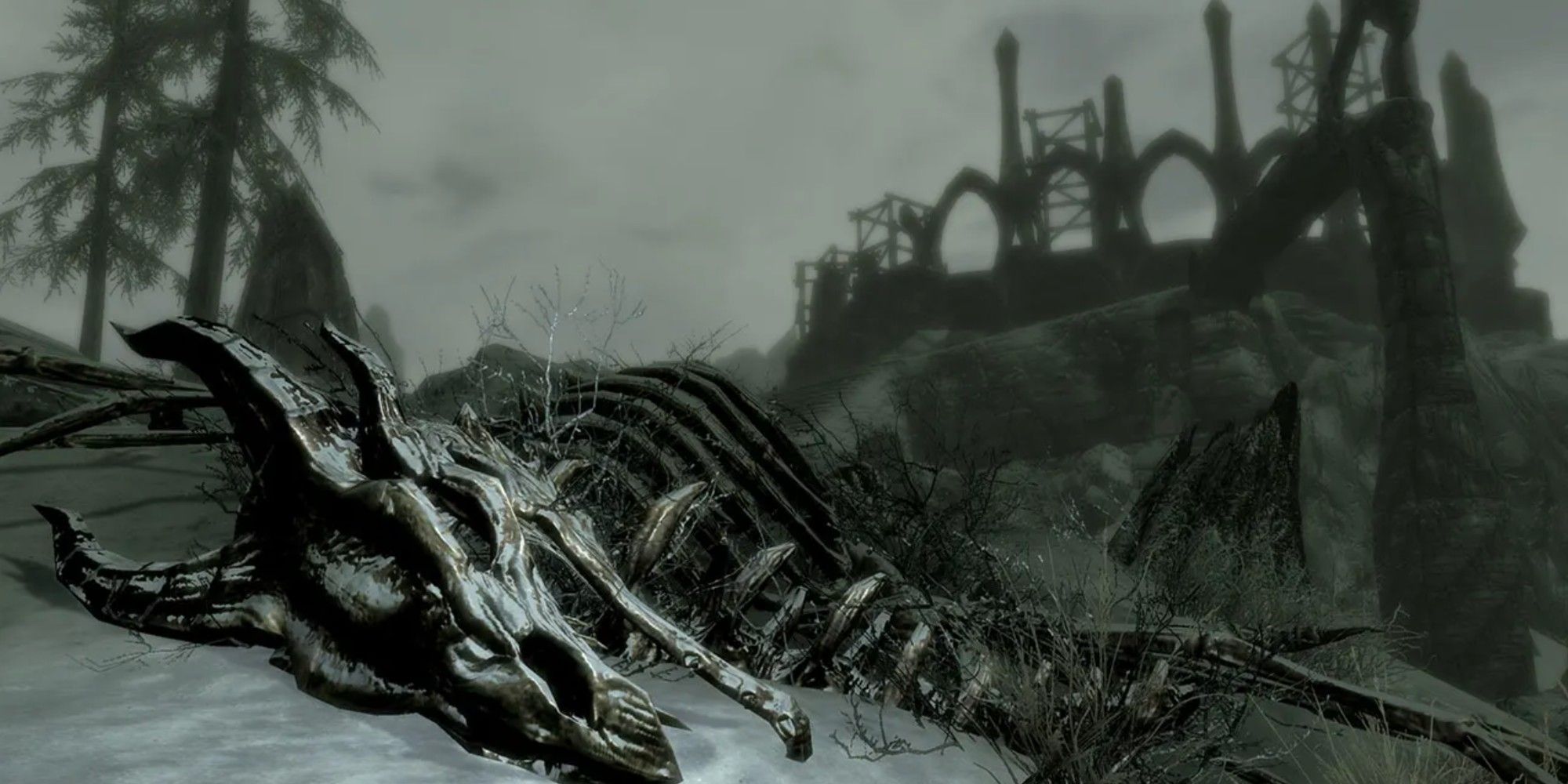
The first game in the franchise to take place after the end of the Septim dynasty, it's understandable Skyrim's primary quest isn't technically centered on political upheaval like its predecessors. Set in 4E 201, Skyrim begins with dragon Alduin attacking village Helgen. While his true identity is unclear, Alduin was the leader of dragons in the Dragon War and attempted to eradicate or enslave any humans who did not worship him. In Skyrim, players take on the role of the Dragonborn, able to absorb the souls of slain dragons and convert them to power, and must embark on a quest to defeat Alduin once and for all. Alduin's return to Tamriel is interesting, signifying Merethic Era conflict resurging in the Fourth Era.
One of Skyrim's secondary questlines has a much stronger tie-in with the political unrest in Tamriel. Ulfric Stormcloak, furious with the ban of Talos worship, murdered High King Torygg for the ruler's sympathies with the Empire, kicking off Skyrim's Civil War. The Stormcloak faction sought to expel the Empire and Aldmeri and establish Skyrim as an independent region once more, while the Empire hopes to quell the Stormcloak rebellion and restore peace. Players can choose either side to help during the game, but Skyrim's canon civil war victor has yet to be revealed. Whether the Empire is driven out or remains, it is certain to have political implications echo throughout Tamriel.
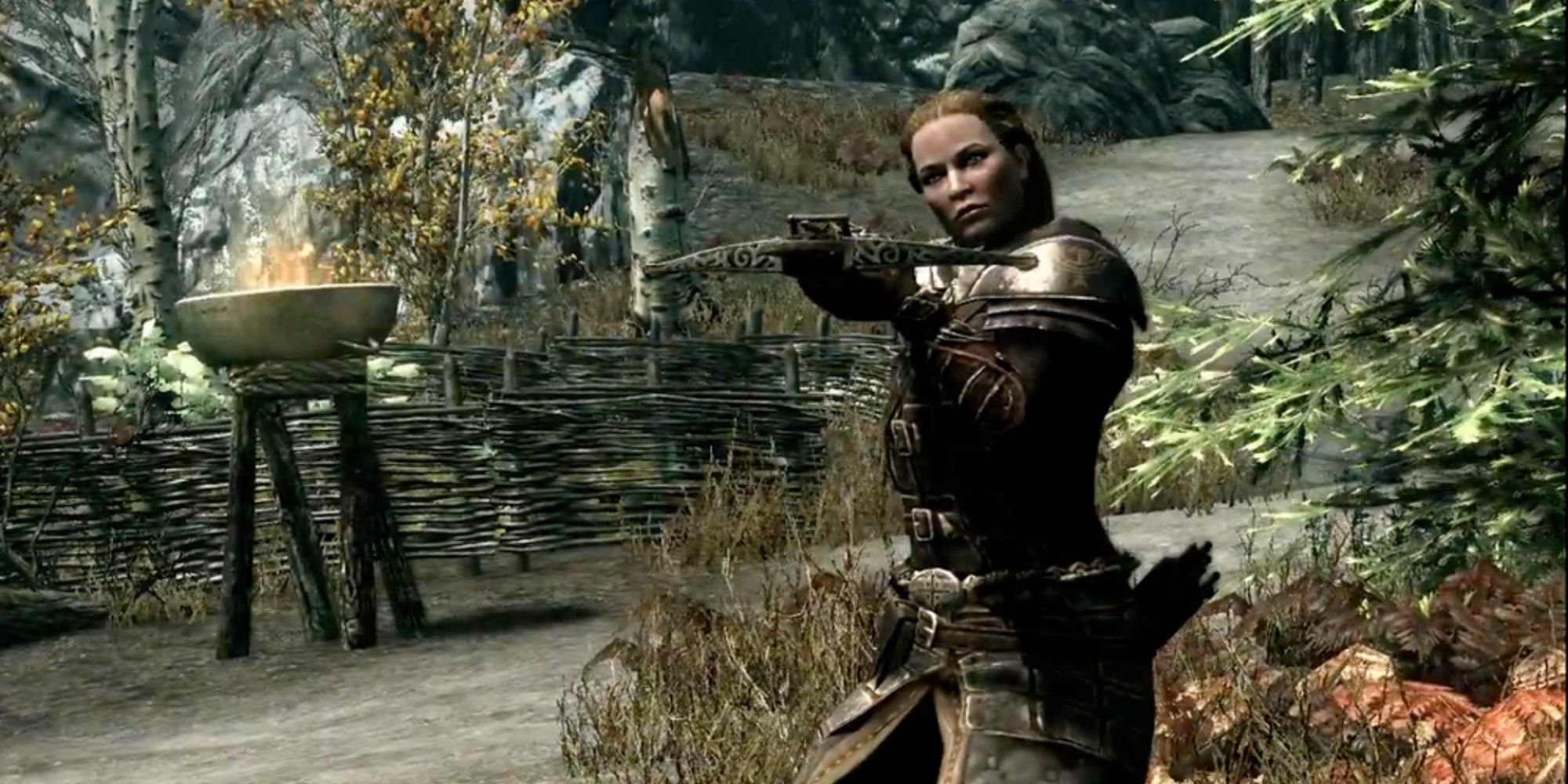
Skyrim's first expansion is Dawnguard, and players find themselves once again choosing sides in a war. An Elder Scroll prophesied a permanent solar eclipse, inspiring a group of The Elder Scrolls vampires called the Volkihar Clan to try and make it happen. The Dawnguard are a group of vampire hunters working to thwart the Volkihar. Players can choose which faction to join, though as with Skyrim, a canonical winner has not been confirmed.
Hearthfire is the second Skyrim expansion, though it doesn't have a central narrative. Instead, players are tasked with building a house in Skyrim, expanding their material properties and growing a family.
The final Skyrim expansion is The Elder Scrolls V: Dragonborn, and takes place around 4E 201, albeit on the island Solstheim instead of Skyrim. In this game, the dragon priest Miraak, reportedly the first dragonborn, returns with a vengeance. Part of the quest to defeat him is finding The Elder Scrolls' Black Books, using their Daedric power against Miraak.
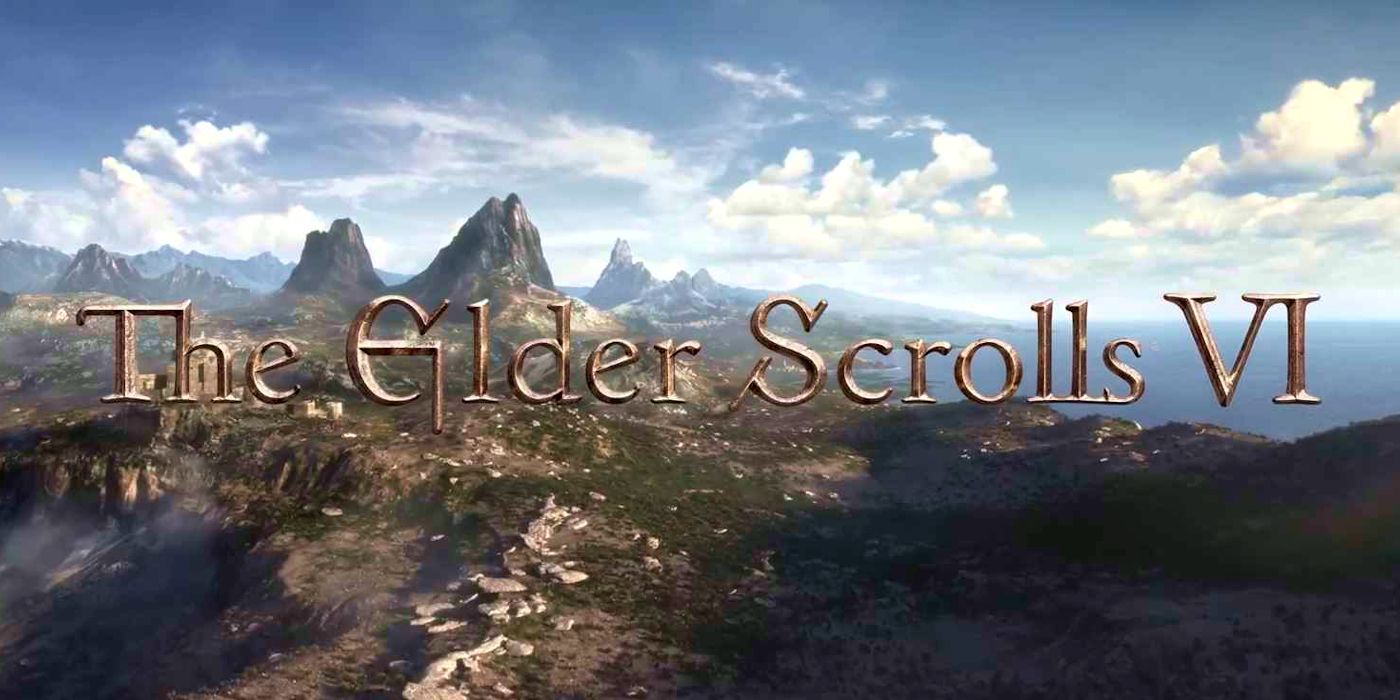
Virtually nothing has been revealed about The Elder Scrolls VI. However, the core franchise games take place in timeline order on the continent of Tamriel, so it's likely the game will be set after the events of Skyrim in a new region. Previous eras in The Elder Scrolls lasted anywhere from just over 400 years, like the Third Era, to nearly 3,000, like the First Era. The Elder Scrolls VI will likely take place in the Fourth Era, and will probably be characterized by the shifting political landscape and the resurgences of mythical creatures such as the dragons.
from ScreenRant - Feed https://ift.tt/3srjBMx

No comments: